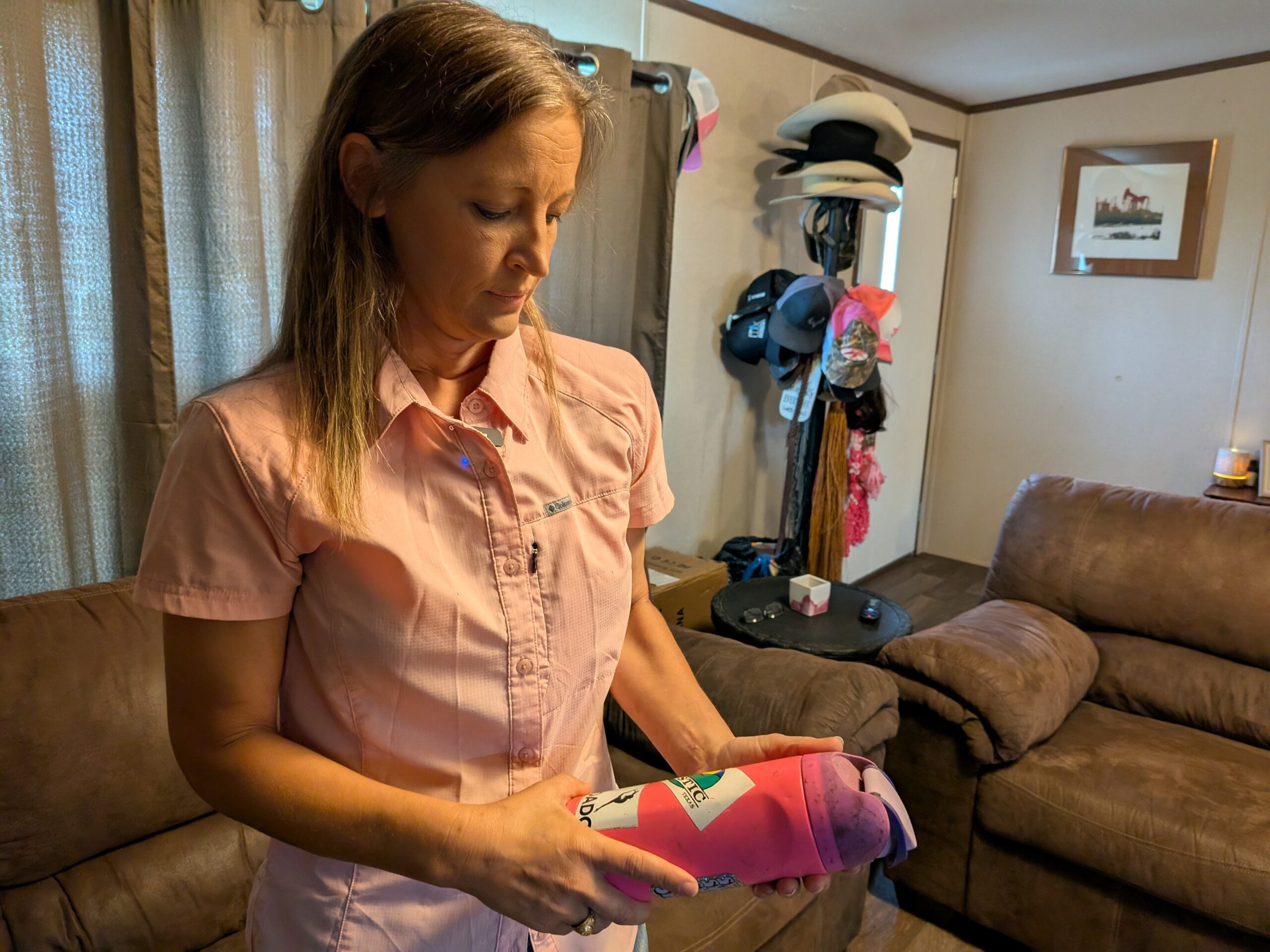No gasoline or diesel—that’s the new electric and hydrogen engine from Rehlko that’s already causing a stir in America
Confirmed – solar storms are affecting SpaceX’s Starlink satellites and could disrupt global communications
Goodbye to passports – Apple and its biometric technology revolutionize border control with its new digital ID in the iPhone’s Apple Wallet
Careful with the color of meat! Storing raw meat can have some negative consequences and its color can tell many things about its condition. When we see meat turning brown we don’t know if it is still okay for human consumption or if we could have food poisoning. This is a concern for food security in
the United States and the United States Department of Agriculture (USDA)
has indicated some tips to better understand what the process of food is, it suggests following good storage food habits to avoid health issues and wasting food.
We always find new tricks to keep our food longer in the fridge or to keep away food odors
, but this is more serious. You need to know how food behavies with the passage of time. Let’s see how we can do this and improve our eating habits.
Brown meat
Picture this, you are thinking about making a burger at home throughout the whole day and when you go home you are so excited to enjoy that delicious dinner, but… you realise the meat has changed its color, now it’s brown! But, what does this mean? Can we eat it or not? We normally throw it away because this might seem like a clue of food in bad conditions, but let me tell you this is not true not all the time.
Changing color
We are used to seeing meat in a red color, when it is fresh and has been in contact with air, this air makes a protein called myoglobin oxidate and that’s how the red color is produced.
However, this color is not permanent. If you store the meat in conditions where air doesn’t do its job, this protein changes. This will make the myoglobin protein transform into the metmyoglobin, which is the one causing the brown color of meat.
According to the USDA (United States Department of Agriculture), you should know brown color is because of different factors: age of the animal, muscles or what the animal ate.
When do we know we can’t eat it?
It is true the brown color is not a clue of poisoning food, but we should be very careful if we see this color change. Why? Because brown color and other conditions are a sign of meat in bad conditions. So, let’s see what you should take into account when this happens to you:
-
Odor: this is the first thing we may notice because the odor of rotten meat is very peculiar. It’s not a nice smell, it’s more like a sour smell.
-
Texture: some people might be disgusted by meat’s texture everytime they touch it, no matter if it’s fresh or not. Despite this, you should touch it and if it’s sticky, you shouldn’t eat it.
-
Dots: you can also find some green or white dots, which are mold. Of course, it will look nauseating, but, just in case, we have to tell you not to eat it!
Tips to preserve meat in good conditions
Most people don’t know how to keep the meat in good condition, if you are part of this group, that’s over! Here are some easy tips for you.
It is important to keep the meat in closed bags with not much air. Don’t you want to eat it soon? Don’t worry, you can put it in the freezer and it will be fine! Last, but not least, don’t leave it outside the fridge for a long time.
If you follow these tips, you will prevent food poisoning because you may think the meat is still okay to consume. What’s more, you won’t be wasting so much food because now you know how to maintain it for longer. Thanks to three little tips we can make a difference in our eating habits.



